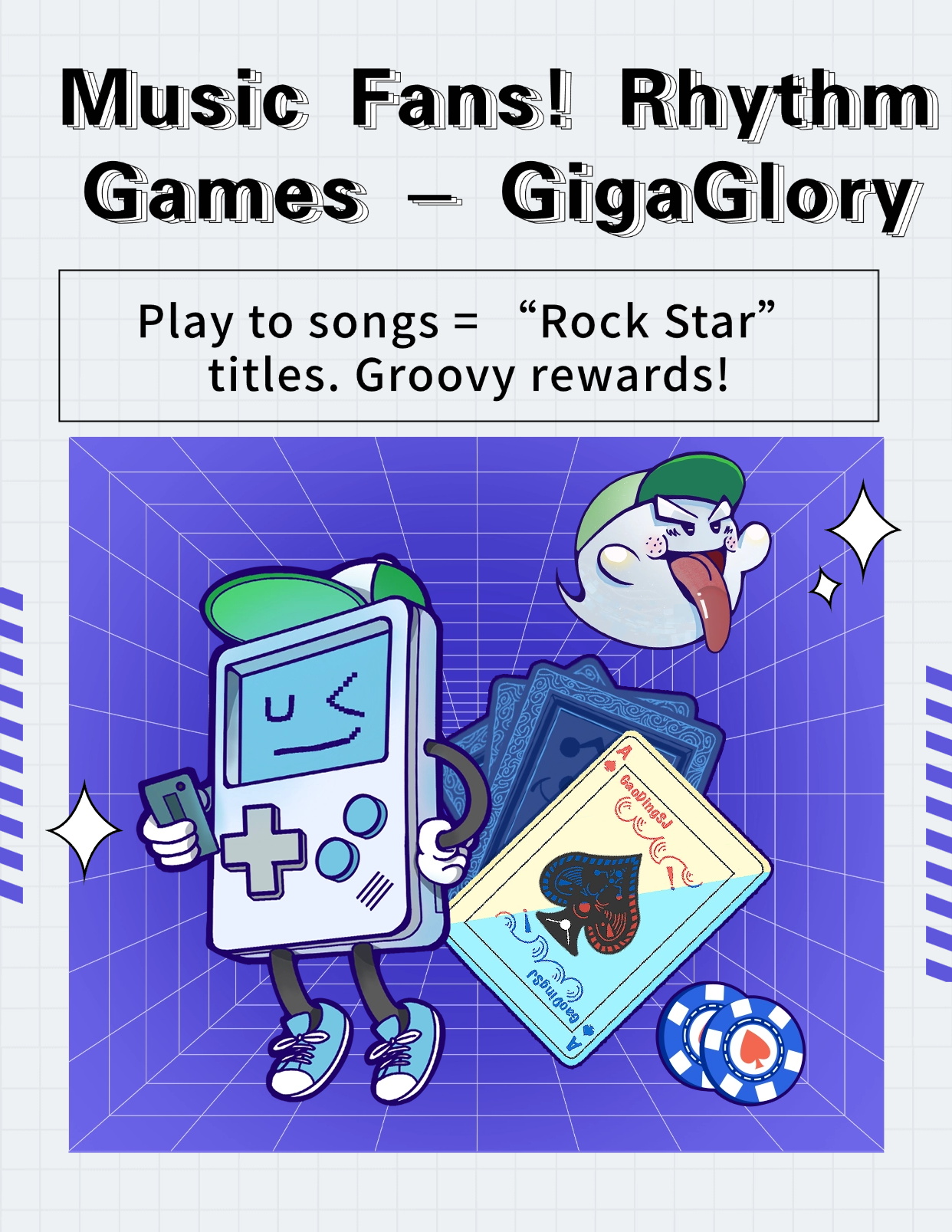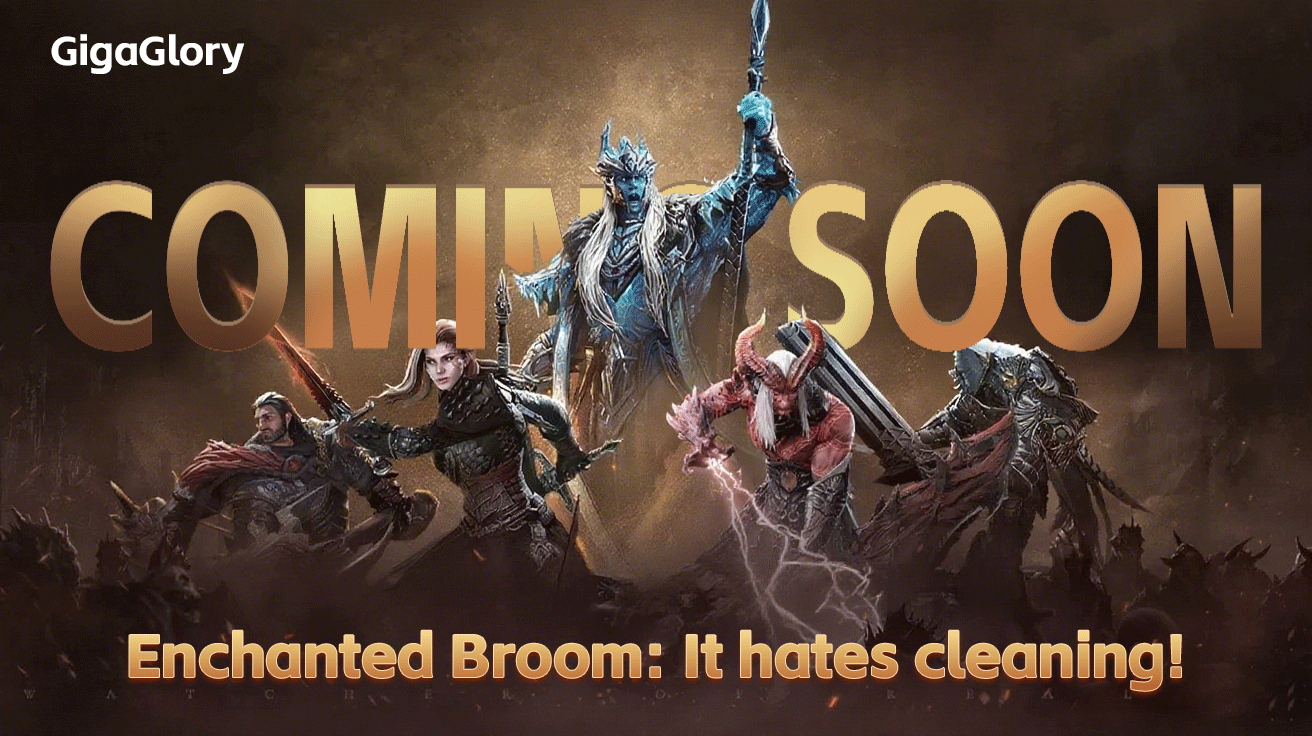Unlocking Fun: How Idle Games Are Revolutionizing Casual Gaming
In the realm of gaming, idle games have unlocked a treasure chest of excitement, drawing players into their captivating web. These games, often referred to as 'clickers', allow users to engage in gameplay that continues even when they are not actively playing. This unique mechanic has transformed how we think about casual games and their potential. Today, we will explore the rise of idle games, their impact on the gaming industry, and their role in redefining player engagement.
What Are Idle Games?
Idle games, often termed as "incremental games," are designed to be simple yet engaging. Players typically start with minimal resources and gradually accumulate wealth or points through gameplay mechanics that can operate in the background. This allows for a unique blend of strategy and automation. Here’s a brief overview of how they work:
- Automated Progression: Players earn resources or points without active participation.
- Incremental Rewards: As progress is made, rewards multiply, providing a satisfying sense of growth.
- Strategic Upgrades: Players can invest points to upgrade their abilities or speed up progression.
The Casual Gaming Revolution
Casual gaming has seen a massive resurgence, especially with the increase in mobile gaming. Idle games have played a pivotal role in this phenomenon. According to recent statistics:
| Year | Global Revenue (in billions) | Player Engagement (in hours) |
|---|---|---|
| 2020 | $77.37 | 11.5 |
| 2021 | $90.71 | 12.2 |
| 2022 | $107.80 | 13.0 |
From 2020 to 2022, the gaming revenue has nearly doubled, with idle and casual games significantly fueling this growth. The ease of access and minimal time commitment appeals to a broad audience—from busy professionals to students, everyone finds a slice of joy in these games.
Idle Games vs. Traditional Casual Games
When comparing idle games to traditional casual gaming, a few critical differences emerge:
- Engagement Style: Traditional games often require active participation, while idle games function on passive engagement.
- Monetization Models: Idle games typically incorporate microtransactions for enhancements, whereas other casual games may focus more on upfront purchases.
- Progression Pace: Idle games allow for faster progression through automated systems, making the experience feel fulfilling quickly.
The Future of Idle Games
As technology progresses, idle games are continuously evolving. The introduction of **Clash of Clans Clan Wars 2** showcases how popular titles are integrating idle mechanics to enrich gameplay. Players can engage in battles while also enjoying the idle features, bringing a hybrid gaming experience.
Moreover, games like the Rogue Trader RPG Game are setting the stage for storytelling within the idle game genre. These games are proving that waiting doesn't have to be boring; instead, it can lead to intriguing narratives and rich world-building.
Key Takeaways from the Rise of Idle Games
Idle games are undoubtedly carving a niche in the casual gaming world. Here are several takeaways to consider:
- They cater to a diverse audience with varying gaming preferences.
- The mechanics foster a sense of achievement through incremental progress.
- The integration of different gaming styles, including RPG elements, is becoming more prevalent.
- They provide a platform for developers to explore creativity without extensive player commitment.
Conclusion
Idle games have unlocked new dimensions within the casual gaming sphere, offering players the charm of progress even while they're offline. With advancements in technology and storytelling, these games are not just a passing trend; they represent a significant shift in how we interact with technology and gaming. The rise of idle games signifies a broader cultural change, where quick satisfaction meets depth and creativity, ultimately expanding the horizons of casual gaming.



